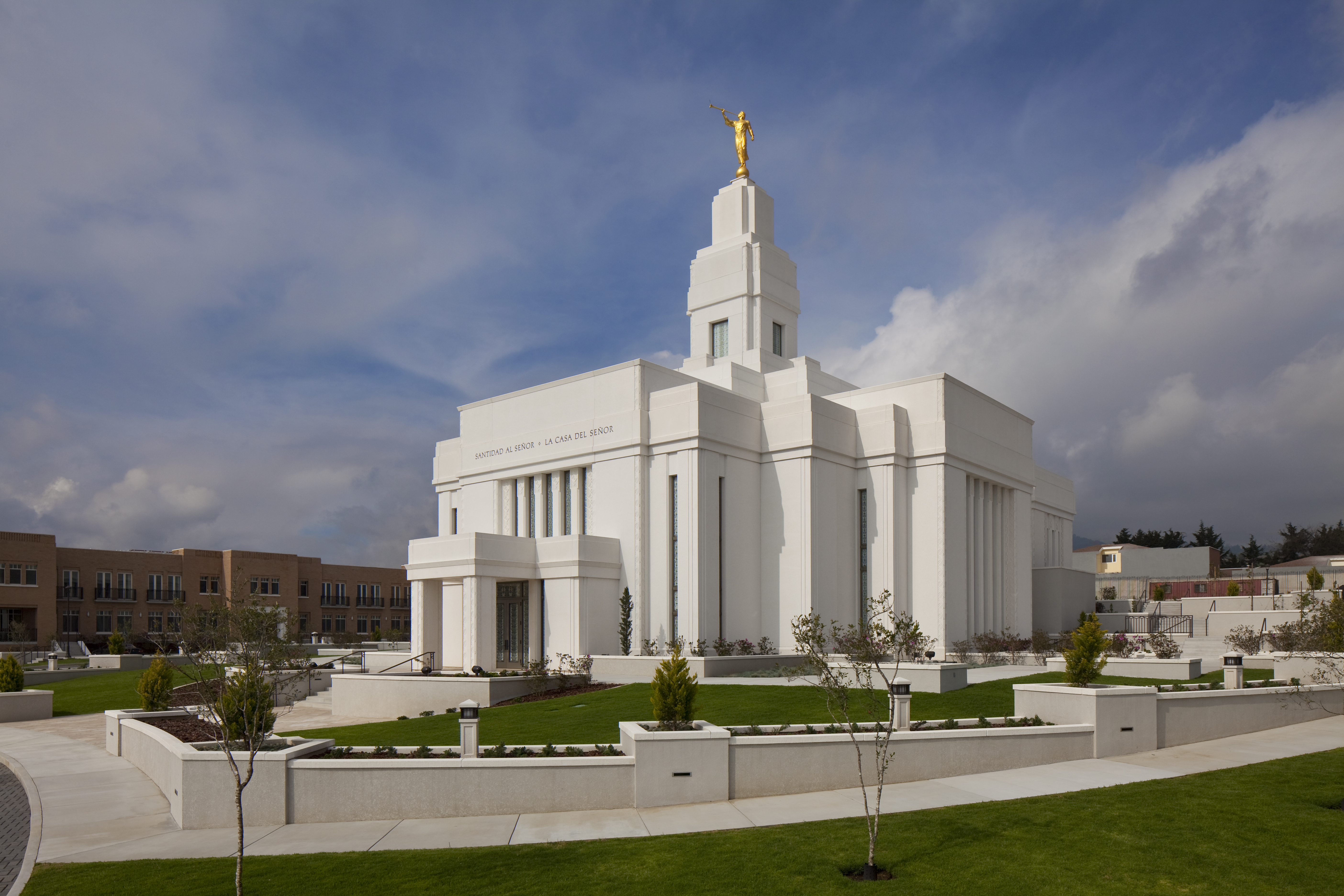
The Quetzaltenango Guatemala Temple was formally dedicated Sunday in three sessions by President Dieter F. Uchtdorf of the First Presidency of The Church of Jesus Christ of Latter-day Saints (Mormon). The dedicatory sessions were broadcast to congregations of the Church within the temple district.
"What a beautiful temple this is," President Uchtdorf said at Saturday's cultural celebration, where youth performers from area congregations danced, sang and presented a visual display of local history and culture. "It has a glowing shine like a jewel, and it is a jewel for this area of this country."
The Quetzaltenango Guatemala Temple is the Church's 136th temple worldwide and fifth in Central America. This temple will serve approximately 60,000 Latter-day Saints. Other temples in Central America are located in Guatemala City, Guatemala (1984); San Jose, Costa Rica (2000); Panama City, Panama (2008); and San Salvador, El Salvador (2011). Another temple is under construction in Tegucigalpa, Honduras.
When a temple is formally dedicated, it is open to members of the Church who are actively engaged in the faith — unlike the thousands of standard Church meetinghouses that are open to everyone for regular Sunday services, regardless of religious affiliation (see Newsroom article explaining the difference between chapels and temples).
Latter-day Saint temples differ from the meetinghouses or chapels where members meet for Sunday worship services. Temples are considered “houses of the Lord” where Christ’s teachings are reaffirmed through baptism and other ordinances that unite families for eternity. In the temple, Church members learn more about the purpose of life and make covenants to follow Jesus Christ and serve their fellow man.
Comment on this story on: